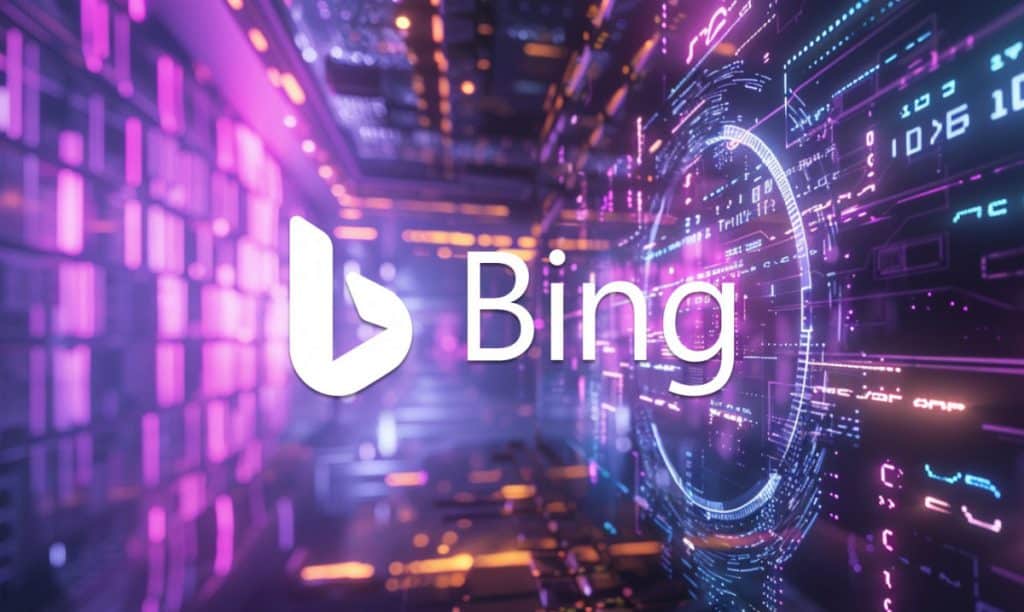Revolutionize Bing Chat with AI-Powered Prompts


In Brief
Explore the world of AI prompts and their role in shaping conversational AI, particularly focusing on Microsoft’s BingChat assistant. Discover how AI prompts are utilized to train language models like GPT-4, enabling sophisticated interactions with users. Learn about the Bing Chat Prompt Generator and how it harnesses the power of neural networks to enhance user experiences. Gain insights into optimizing BingChat interactions through tailored tips provided by Metaverse Post, facilitating seamless communication and efficient results.
In order for an AI, such as a language model to produce certain replies, developers and engineers generally supply it with sets of machine learning chat prompts or conversational AI prompts shortly called AI prompts. These tools are then trained with specific AI-generated chat prompts to produce the required behavior. They can be used to instruct the AI how to generate human text or engage in conversation.

Microsoft’s AI-powered BingChat assistant may help users with online browsing and much more, for example; both simple and complex requests can be asked, along with research requests, product comparison requests, summaries of articles, books, events, news, sports results, and more by using natural language chat prompts. You may also ask it to update graphics, reformat text, and handle general text and images. With Bing Chatbot suggestions users can ask additional questions and find material to help them with any task, taking search to a whole new level.
Bing Chat Prompt Generator is a tool that makes it easier for users to take full use of Bing AI, Open AI model – GPT-4 is used by this tool. It is a massive neural network chat prompt that picks up knowledge from billions of words on the internet, including posts on social media, books, articles, and blogs. It may generate visuals and phrases in natural language that are consistent with the input’s tone and style.
Optimizing Bing can help users get results and replies that have been tailored to them, so Metaverse Post provides some tips on how to make them better:
1. Provide additional information
When using that tool, details are crucial. By including details, you may receive the most appropriate assistance but at the same time don’t make your prompt too broad.
2. Include lists
Lists are an excellent AI prompting technique, you may customize by including a list of previous years’ exercises and book notes, rather than telling it, “I need exam questions.” BingChat script recommendations like: giving specific examples, specifications, or criteria might help you.
3. Keep the conversation goingSince the chatbot is in a constant learning process, at first it may not produce exactly the results you wanted. You can start communicating with BingChat as with your friend, carry on a normal conversation and gradually get the answers you are interested in. Over time you will get used to the different Bing chatbot interaction cues and understand how you can get the answer to your request faster and more efficiently.
Disclaimer
In line with the Trust Project guidelines, please note that the information provided on this page is not intended to be and should not be interpreted as legal, tax, investment, financial, or any other form of advice. It is important to only invest what you can afford to lose and to seek independent financial advice if you have any doubts. For further information, we suggest referring to the terms and conditions as well as the help and support pages provided by the issuer or advertiser. MetaversePost is committed to accurate, unbiased reporting, but market conditions are subject to change without notice.
About The Author
Victoria is a writer on a variety of technology topics including Web3.0, AI and cryptocurrencies. Her extensive experience allows her to write insightful articles for the wider audience.
More articles

Victoria is a writer on a variety of technology topics including Web3.0, AI and cryptocurrencies. Her extensive experience allows her to write insightful articles for the wider audience.

















































